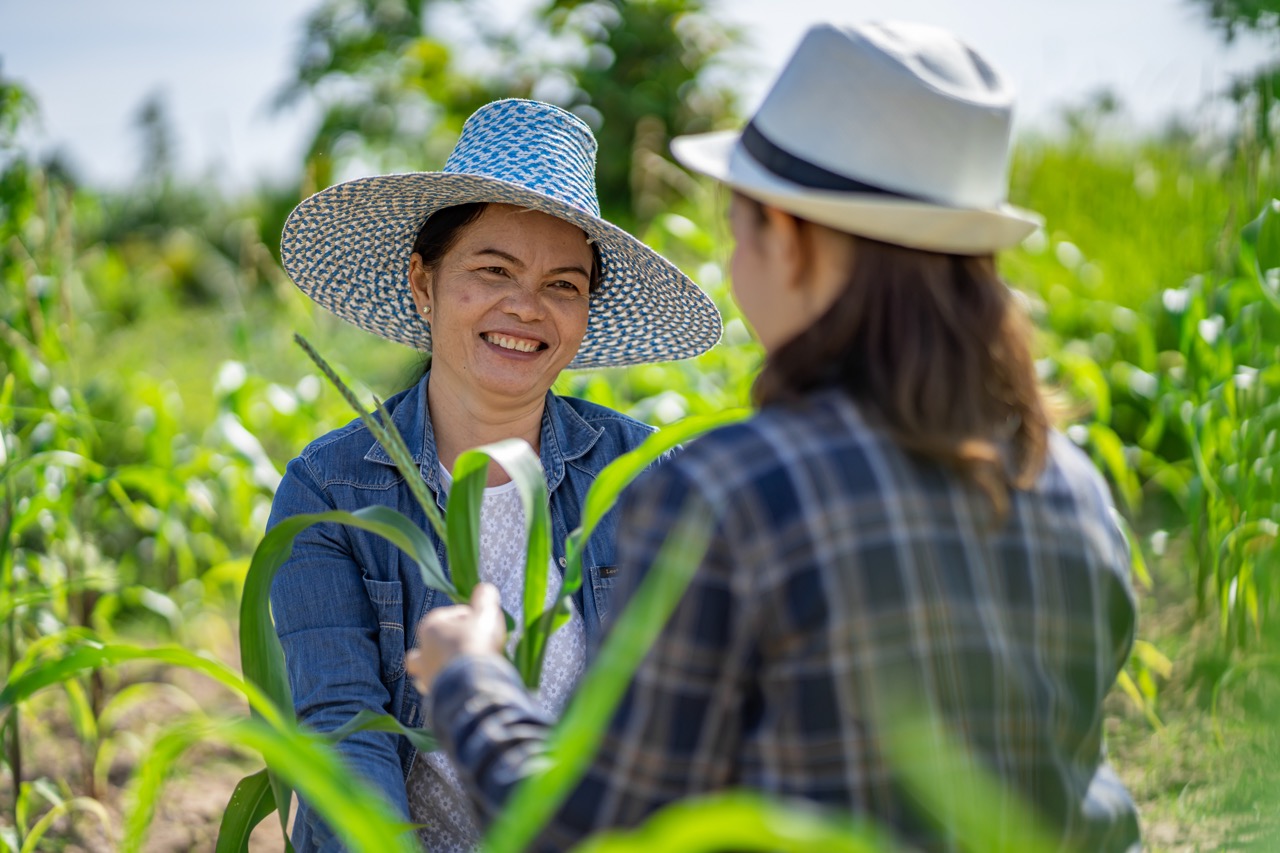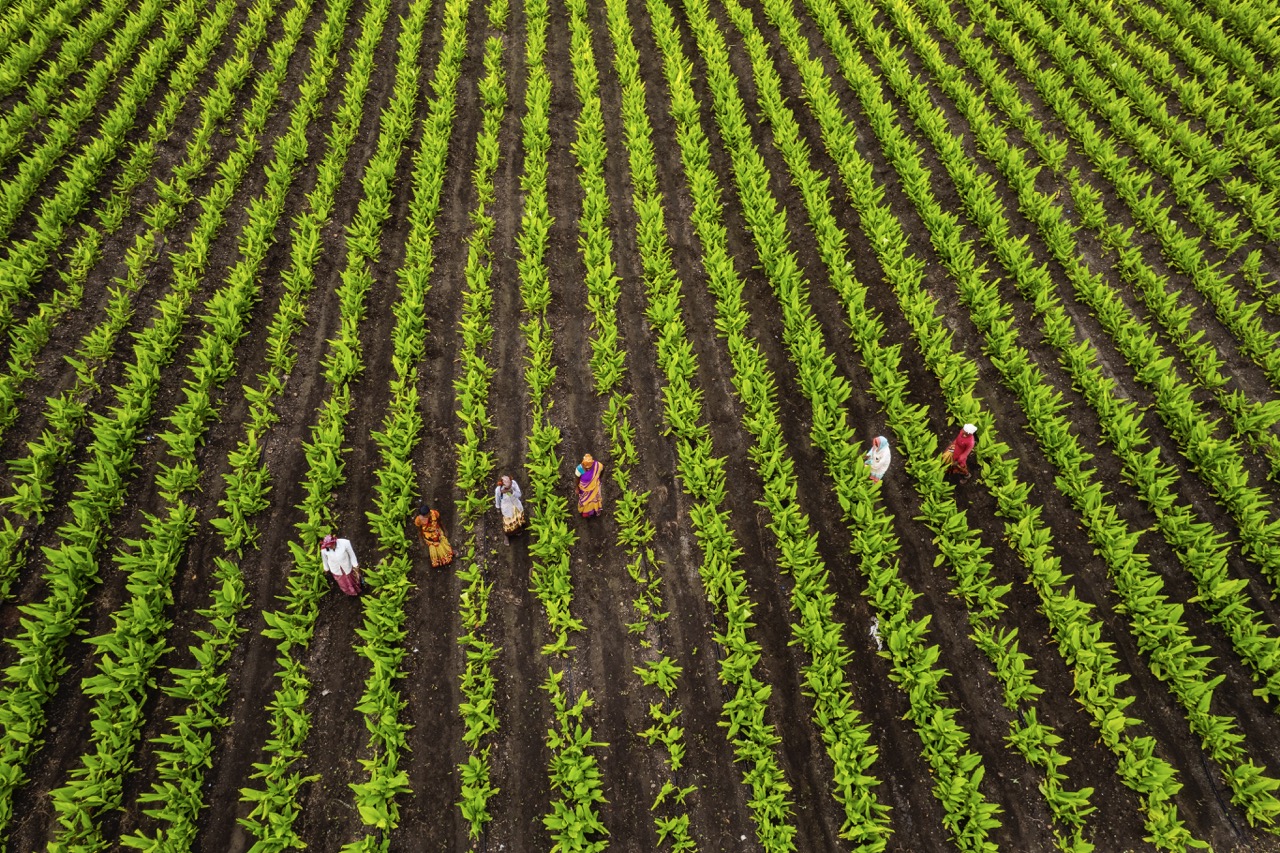In an era where sustainable farming practices are gaining traction, emerging farmers are exploring various collaborative approaches to maximize their yields and minimize risks. One such method is crop sharing, a practice that allows farmers to share resources, land, and profit based on a predetermined agreement. While crop sharing can provide significant opportunities for growth, it also comes with challenges that new farmers must carefully consider. This article delves into the intricacies of crop sharing for emerging farmers, examining its advantages, potential drawbacks, and tips for navigating agreements successfully.
Understanding Crop Sharing: An Overview for New Farmers
Crop sharing, also known as sharecropping, is a cooperative arrangement wherein one party provides land and the other party provides labor, with profits shared based on an agreed percentage. For new farmers, this model can be particularly appealing as it alleviates the financial burden of land acquisition, which is often a significant barrier to entry in agriculture. Instead of purchasing land outright, emerging farmers can leverage existing farmland to cultivate crops and gain practical experience.
The sharecropping model can vary widely from one agreement to another. In some cases, landlords may supply seeds, tools, and other inputs, while laborers are responsible for the cultivation and harvest. Conversely, some agreements may place more responsibility on the farmer, requiring them to invest in their own resources while sharing a portion of the harvest with the landowner. Understanding these nuances is crucial for new farmers, as they must negotiate terms that are both fair and conducive to their goals.
Moreover, crop sharing can offer a supportive community for emerging farmers. Since many sharecropping arrangements involve working alongside experienced farmers, newcomers can benefit from mentorship and knowledge transfer. This collaborative approach fosters a sense of belonging within the agricultural community, which can be invaluable for those just starting their farming journey.
Advantages of Crop Sharing: Benefits for Emerging Farmers
One of the most significant advantages of crop sharing is the reduced financial risk it offers to emerging farmers. With lower upfront costs associated with land acquisition, new farmers can allocate their resources toward purchasing seeds, equipment, and other essential farming inputs. This model allows them to focus on building their farming skills without the heavy financial burden of owning land.
Additionally, crop sharing can provide access to larger plots of land than a new farmer might be able to afford independently. This access can lead to increased productivity and the potential for higher revenues, especially if the farmer is skilled in crop management. By sharing the risks and rewards, emerging farmers can experiment with diverse crops or innovative farming practices without the fear of total financial loss in case of failure.
Furthermore, crop sharing can also foster collaborations that lead to shared innovations in agriculture. By working closely with established farmers, emerging farmers can learn about sustainable practices, pest management, and crop rotation techniques that may enhance their productivity. This collaborative environment can cultivate an ethos of learning and adaptation, crucial for long-term success in the competitive agricultural landscape.
The Drawbacks of Crop Sharing: Risks to Consider
Despite its benefits, crop sharing is not without its risks. One of the most pressing concerns for emerging farmers is the potential for unequal profit-sharing. If the terms of an agreement are not clearly defined, conflicts can arise regarding the distribution of profits, which may lead to strained relationships and financial disputes. New farmers must be diligent in negotiating terms that protect their interests while maintaining a fair relationship with landowners.
Another drawback is the dependency on external parties, which can limit the farmer’s autonomy. Sharecroppers may find themselves with little say in decisions regarding land management, crop selection, and other operational aspects. This lack of control can be especially challenging for emerging farmers who are eager to implement their vision of sustainable practices and innovation in their farming operations.
Additionally, the security of crop sharing agreements can vary significantly. In some cases, landlords may change terms suddenly or opt to discontinue the agreement altogether, leaving the new farmer without a stable source of income. This uncertainty can be daunting for emerging farmers who rely on crop sharing as a primary means of livelihood. It emphasizes the importance of thoroughly understanding and negotiating agreements to ensure long-term sustainability.
Navigating Crop Sharing Agreements: Tips for Success
For emerging farmers considering crop sharing, creating a clear and comprehensive agreement is paramount. This contract should detail the responsibilities of each party, the percentage of profits to be shared, and the duration of the agreement. Consulting with a legal expert familiar with agricultural contracts can help ensure that the terms are equitable and protect both parties’ interests.
Building strong communication channels with landowners is essential for successful crop sharing. Regular check-ins and open discussions can help to address potential issues before they escalate, fostering a collaborative relationship. Transparent communication about crop performance, financial expectations, and operational decisions will contribute to a smooth sharing experience and help build trust between parties.
Moreover, emerging farmers should take advantage of networking opportunities within the agricultural community. By engaging with peer groups, local cooperatives, and agricultural extension services, new farmers can gain insights and advice on navigating crop sharing agreements. Learning from the experiences of others can provide valuable guidance, enabling emerging farmers to approach crop sharing with confidence and strategic insight.
As emerging farmers navigate the complexities of modern agriculture, crop sharing presents a viable option for gaining access to land, resources, and support. While it offers numerous advantages, including reduced financial risk and mentorship opportunities, it is crucial for new farmers to weigh these benefits against the potential drawbacks. By understanding the intricacies of crop sharing, negotiating clear agreements, and fostering strong relationships with landowners, emerging farmers can position themselves for success in this collaborative farming model. Through careful planning and community engagement, they can harness the power of crop sharing to cultivate a thriving agricultural future.










